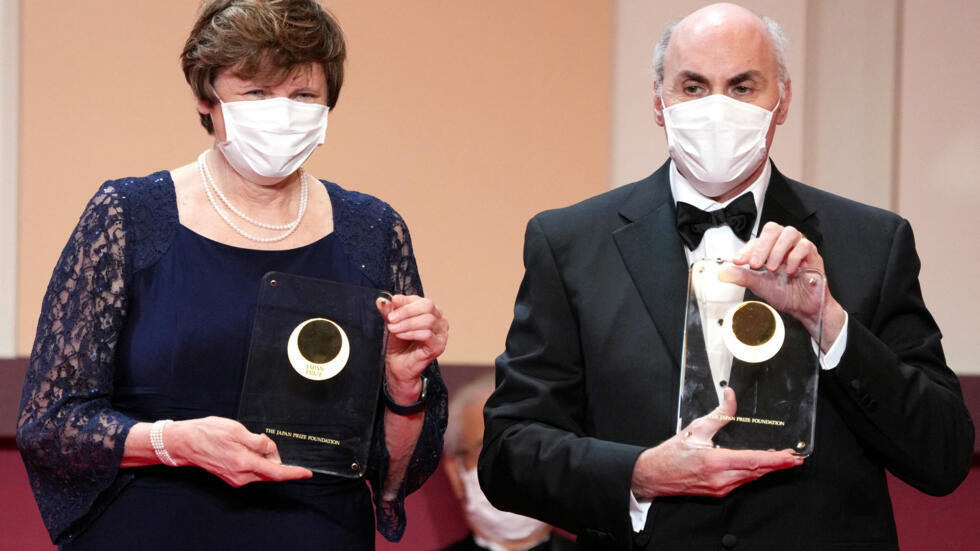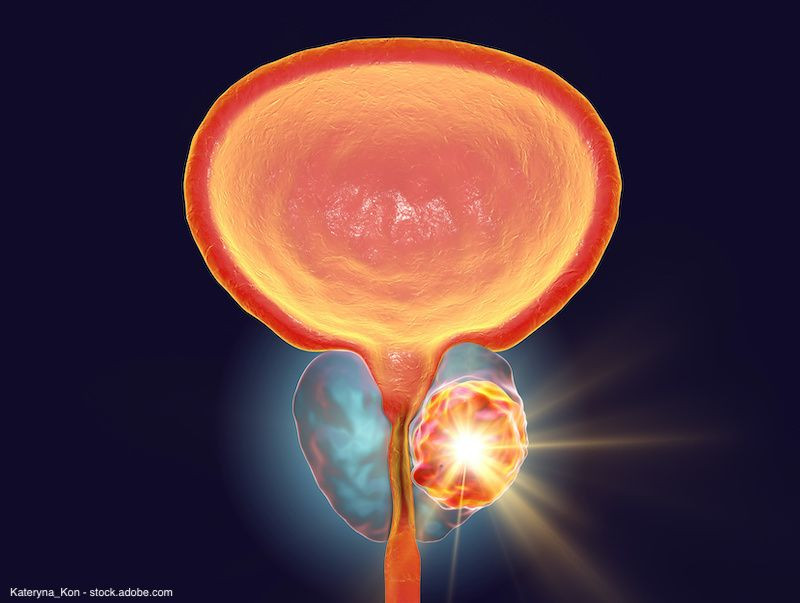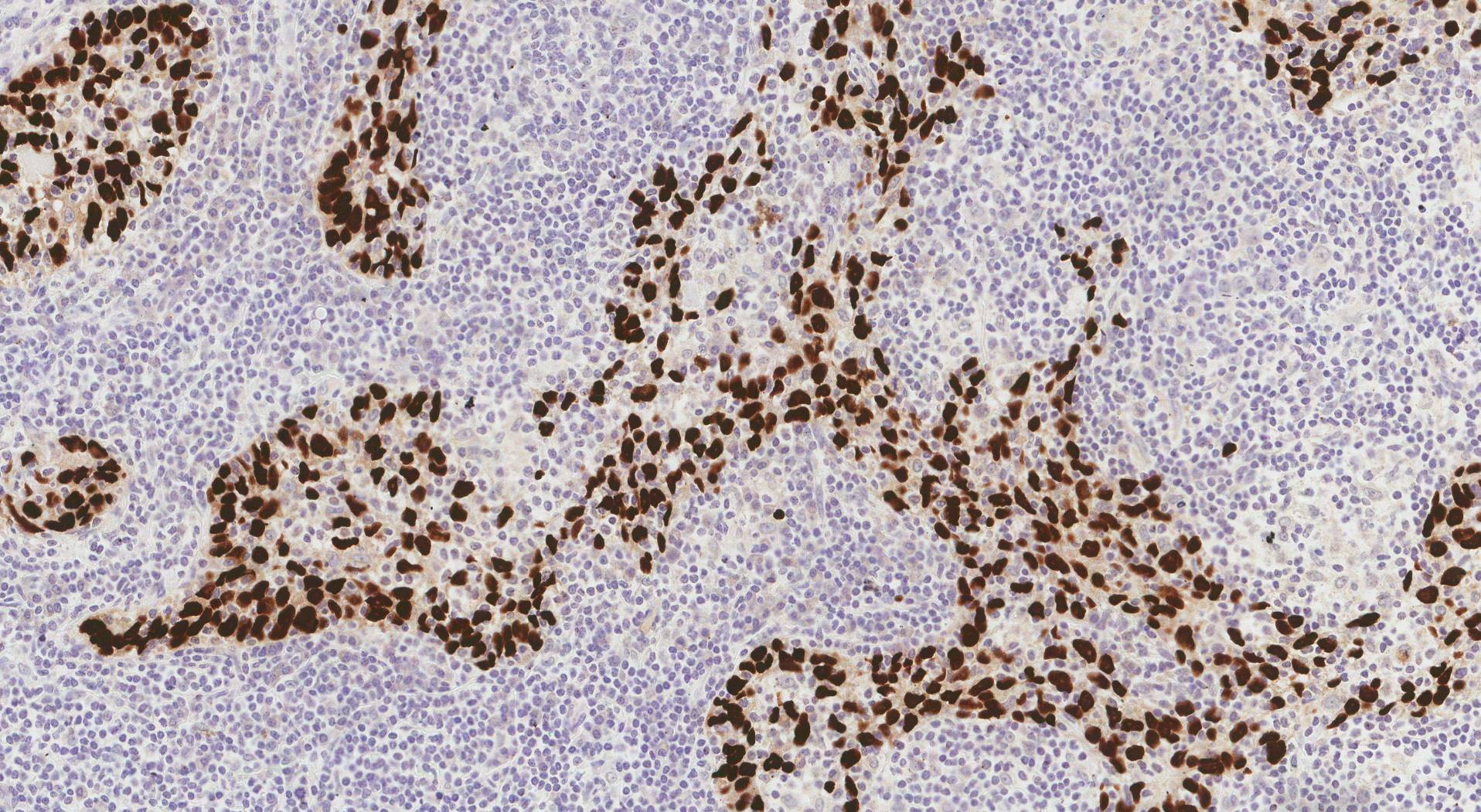The 2024 Nobel Prize in physiology or medicine has been awarded to Victor Ambros and Gary Ruvkun for their work on the discovery of microRNA, a fundamental principle governing how gene activity is regulated. Their research revealed how genes give rise to different cells within the human body, a process known as gene regulation.
Gene regulation by microRNA – a family of molecules that helps cells control the sort of proteins they make – has been at work for hundreds of millions of years, but was first revealed by Ambros and Ruvkun. The Nobel Prize committee announced the prestigious honor, seen as the pinnacle of scientific achievement, in Sweden on Monday. It praised the American biologists’ “groundbreaking discovery,” which the committee said “revealed an entirely new dimension to gene regulation.”
Ambros, a professor of natural science at the University of Massachusetts Medical School, conducted the research that earned him the prize at Harvard University. Ruvkun conducted his research at Massachusetts General Hospital, and is a professor of genetics at Harvard Medical School.
“The information stored within our chromosomes can be likened to an instruction manual for all cells in our body. Every cell contains the same chromosomes, so every cell contains exactly the same set of genes and exactly the same set of instructions,” the committee said in a statement, detailing the duo’s work.
And yet, different cell types – such as muscle and nerve cells – have different characteristics. The two biologists have spent their careers investigating how these differences arise. “The answer lies in gene regulation, which allows each cell to select only the relevant instructions. This ensures that only the correct set of genes is active in each cell type,” the committee said.
Understanding MicroRNAs: Tiny Regulators of Life
Every cell in the human body contains the same raw genetic information, locked in our DNA. However, despite starting with the identical genetic information, the cells of the human body are wildly different in form and function. The electrical impulses of nerve cells are distinct from the rhythmic beating of heart cells. The metabolic powerhouse that is a liver cell is distinct to a kidney cell, which filters urea out of the blood. The light-sensing abilities of cells in the retina are different in skillset to white blood cells that produce antibodies to fight infection. So much variety can arise from the same starting material because of gene expression.
Inside the nucleus of our cells, genetic information is stored as the double-stranded molecule, DNA. To create proteins – molecules that carry out a host of functions in our cells – a section of DNA, or gene, is copied to produce a single-stranded molecule called messenger RNA (mRNA). This mRNA acts as a “go-between”, carrying the instructions for a protein to the protein-making machinery in the cells.
The US scientists were the first to discover microRNAs and how they exerted control on how genes are expressed differently in different tissues. Their discovery helped explain how, despite all our cells carrying the same DNA, they can produce different proteins. For example, nerve cells and muscle cells are highly specialised despite containing the same DNA.
The Discovery of MicroRNAs
In their early work, the pair studied the genetic make-up of a tiny 1 millimeter-long roundworm, C. elegans. Despite its small size, this worm possesses many specialized cell types, such as nerve and muscle cells, that are also found in larger, more complex animals, making it a useful model for investigating how tissues develop and mature in multicellular organisms.
“The first micro RNA was discovered by Victor Ambros in 1993 but it was thought to be an oddity, peculiar to a small worm, C. elegans, for more than seven years,” said Olle Kämpe, a professor in endocrinology at the Karolinksa Institutet and vice chair of the Nobel medicine committee.
That 1993 discovery was met by “deafening silence” and initially thought irrelevant to humans, the committee said, until Ruvkun published his discovery of another microRNA present throughout the animal kingdom. “Then the field exploded,” said Kämpe. “Now, more than tens of thousands of microRNAs have been identified in different organisms.”
Nobel recognition for Ambros and Ruvkun has been anticipated by many for years, said David Pendlebury, head of research analysis at Clarivate’s Institute for Scientific Information. “They (microRNAs) offer potential diagnostic and therapeutic opportunities in treating cancer and other diseases. Clinical trials are underway to utilize microRNA profiling for patient prognosis and clinical response,” Pendlebury told CNN.
MicroRNAs: Essential for Complex Life
The medicine and physiology prize winners are selected by the Nobel Assembly of Sweden’s Karolinska Institute. They said: “Their groundbreaking discovery revealed a completely new principle of gene regulation that turned out to be essential for multicellular organisms, including humans.
“It is now known that the human genome codes for over 1,000 microRNAs.” Without the ability to control gene expression, every cell in an organism would be identical, so microRNAs helped enable the evolution of complex life forms.
The Implications of MicroRNA Discovery
Abnormal regulation by microRNAs can contribute to cancer and to some conditions, including congenital hearing loss and bone disorders. A severe example is DICER1 syndrome, which leads to cancer in a variety of tissues, and is caused by mutations that affect microRNAs.
MicroRNA have opened up scientists’ approaches to treating diseases like cancer by helping to regulate how genes work at the cellular level, according to Dr. Claire Fletcher, a lecturer in molecular oncology at Imperial College London.
“MicroRNA alters how genes in the cell work,” said Fletcher, who is an outside expert not associated with the Nobel prize.
“If we take the example of cancer, we’ll have a particular gene working overtime, it might be mutated and working in overdrive,” she said. “We can take a microRNA that we know alters the activity of that gene and we can deliver that particular microRNA to cancer cells to stop that mutated gene from having its effect.”
The Future of MicroRNA Research
Fletcher said there are clinical trials ongoing to see how microRNA approaches might help treat skin cancer, but that there aren’t yet any drug treatments approved by drug regulators. She expected that might happen in the next five to 10 years.
She said microRNA represent another way of being able to control the behaviour of genes to treat and track various diseases. “The majority of therapies we have at the moment are targeting proteins in cells,” she said. “If we can intervene at the microRNA level, it opens up a whole new way of us developing medicines and us controlling the activity of genes whose levels might be altered in diseases.”
A Legacy of Discovery
Ambros and Ruvkun’s work has provided a fundamental understanding of gene regulation, a process that is essential for all complex life forms. Their discovery has opened up new avenues for research, leading to the development of new diagnostic and therapeutic tools for treating a wide range of diseases. The impact of their work will be felt for generations to come, as scientists continue to unravel the mysteries of the intricate dance of life at the molecular level.


















